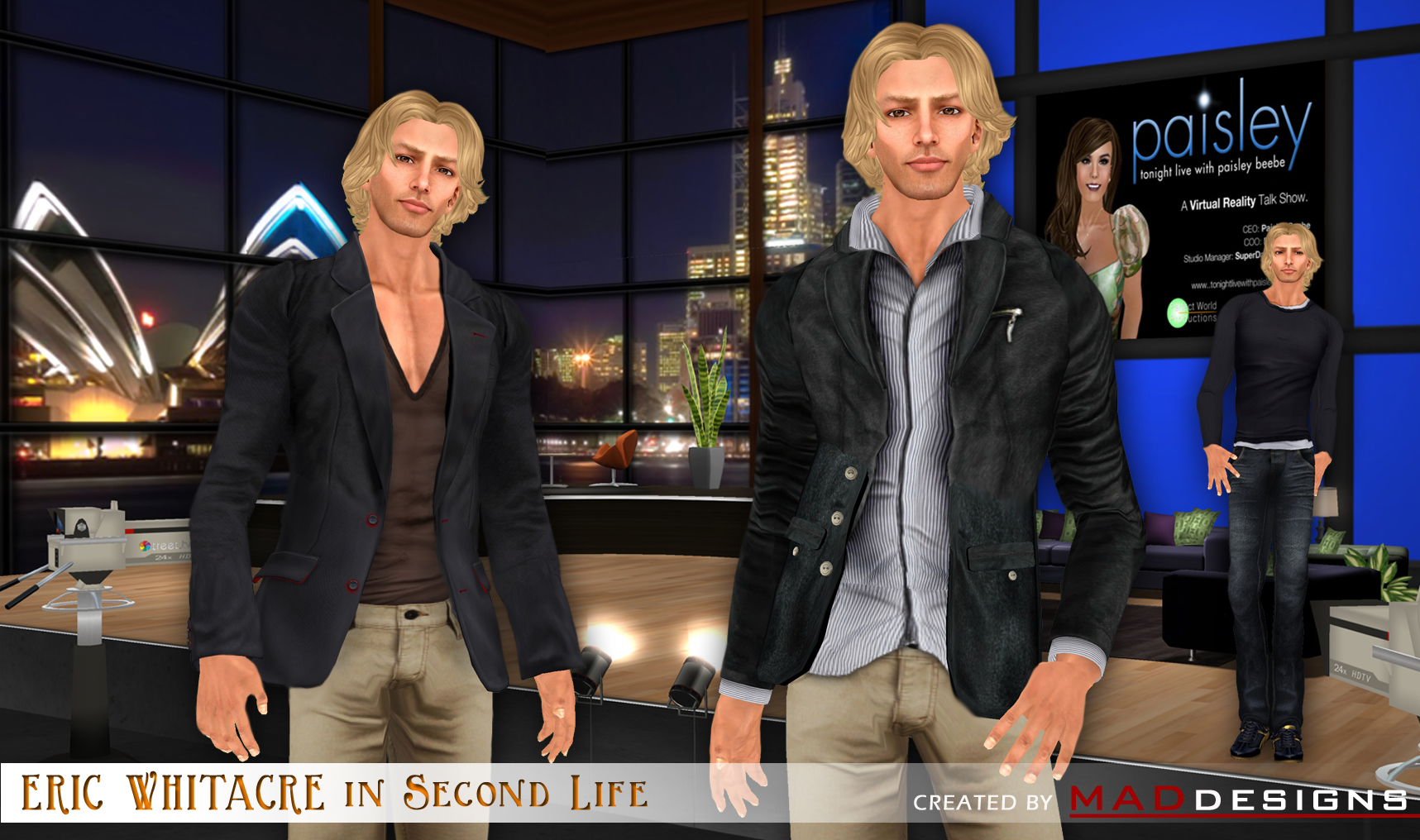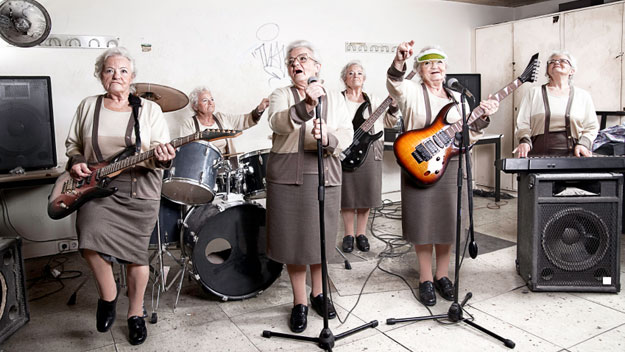 At its peak in 2007, the virtual world known as Second Life had in excess of 5m members.
At its peak in 2007, the virtual world known as Second Life had in excess of 5m members.
Everything about this world could be customised – latest cat walk fashions, drinks in a bar or a luxury mansion could be bought for real money. IBM bought real estate, American Apparel opened a virtual shop and Reuters paid for journalist Adam Pasick to be an avatar who reported on virtual happenings. Countries even opened virtual embassies. Yes, really!
The news media thought this parallel universe would become the way in which millions around the world would find ‘self-actualisation’ to borrow the term from US psychologist Abraham Maslow.
In 2014, the number of members in Second Life had dropped to 600,000. Teething problems with the software and the complicated way in which avatars had to navigate and find stuff started to turn off people after the media hype evaporated.
And of course the advent of the Smart Phone becoming the centre of our connected world, alongside Facebook and Twitter becoming embedded into mainstream culture conspired to make Second Life pretty much redundant. Gen Z wants greater power of real self-expression rather than pretending to be something that exists in a controlled virtual state.
 Spotting the next technological trend is something that can become obsessive but the real question is whether this is the change marketers have been waiting for or simply the enabler of change that at the end of the day is driven by one thing in my view – human behaviour.
Spotting the next technological trend is something that can become obsessive but the real question is whether this is the change marketers have been waiting for or simply the enabler of change that at the end of the day is driven by one thing in my view – human behaviour.
Many brand owners that jumped onto the technological bandwagon – such as in Second Life – were keen to be first. But as marketers have learnt to their cost, you don’t need to be first but rather the ‘best’ to succeed.
It’s all well and good claiming that consumers want to amplify everyday experiences with a digital layer and that the day will soon arrive where offline and online will eventually disappear as wearable technology and connected smart devices become the norm – but haven’t we been there before?
Those futurologists that bang on about ‘digital disruption’ have got to turn the telescope around and instead of viewing the future through the lens of technology they should start to focus on changes in human behaviour.
A couple of years’ ago the World Economic Forum published a thought provoking paper on the what the future of the world looked like from a business perspective and identified several key markets that would present phenomenal business opportunities for companies over the next 25 years. You can read more about this in my earlier blog.
What struck me with some force was the fact that societies – and consumers – are moving away from the old ownership model to the rental model. Whereas in the past you may have wanted to physically buy a CD album you’re now prepared to purchase the right to stream it to any device wherever you may be.
And whereas you may have enjoyed the smell and feel of cellophane being peeled back off a digital computer game, you’re happy to subscribe online in order to pay and play your favourite game in return for receiving updates on a regular basis.
But in essence these are rental models, now ownership ones.
 In the future, instead of shoving elderly relatives into old age peoples’ homes, there’ll be villages built to house such an ageing population.
In the future, instead of shoving elderly relatives into old age peoples’ homes, there’ll be villages built to house such an ageing population.
In return for an annual fee, inhabitants of these villages will have access to daily activities such as yoga, fitness, cookery skills and gardening.
Health tracking services will measure heart rate, blood pressure, stress and fitness levels and gamification platforms will help to engage and stimulate brain activity so that the quality of life of this growing population is maintained rather than degraded.
Young people will reject wholesale the idea of being in debt by buying their own real estate and will opt instead for conserving their economic resources by carving out their own personal space but being prepared to share living, kitchen, entertainment and communal dining spaces.
As the world’s getting smaller, we’re likely to become much more collaborative as consumers with the result that many of us will prefer to share and rent rather than buy.
In this way, technology isn’t the change of how we will live in the future. It’s the enabler of change as a result of how we choose to live in the future.














Recent Comments